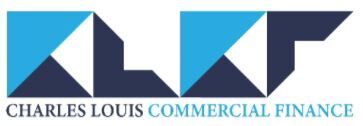What is Bridging finance?
A mortgage averages 25 – 30 year term, where bridging finance is typically less than 12 months.
The other main difference is the cost of the loan (interest rate). Mortgage rates are typically under 5% per year whereas Bridging loans are anything from 6% up to 15% or more! This is because of the extra risk the lenders take on when lending to you.
3 Main reasons people use Bridging finance:
1. To assist in the purchase of a property that needs renovation.
For example, I may want to lend 75% of the purchase price of a property via a Bridging loan, renovate and add value in a short period of time & then get my mortgage in place with the higher value.
This tends to be a great method of adding a property to your portfolio without using too much cash. BRRR strategy fits well with this.
2. To assist in Auction buys.
For example, as you know when you win a property at auction you typically have to complete within 28 days.
Now unless you have the cash spare to throw at the property there isn’t many options. A mortgage may not go through within 4 weeks which is risking the deposit you have already paid.
People tend to Bridge in for the purchase and use the longer process mortgage to pay back the bridge.
3. The property in which you are purchasing is breaching mortgage terms.
For example, most mortgage lenders require the property that they are lending on to be habitable, i.e. have a working kitchen and bathroom.
If you come across a great deal but the property is uninhabitable, finding a mortgage provider will be very difficult.
People will use a bridging loan to buy the property, and mortgage once they have made the home habitable.
FAQ
- What’s the difference between a regulated bridging loan and unregulated one?
- What bridging fees are there?
- What is the Bridging Maximizer™
- What is the ‘better than published’ promise?
- What does ‘No broker fees’ mean?
- What is the rate match guarantee?
- Can I get a better deal if I contact lenders directly?
- What is bridging finance?
- What are the pros and cons of bridging finance?
- What does a lender need to know about you, the borrower?
- What is LTV?
- What is first and second charge lending?
- What is light / medium / heavy bridging development finance?

